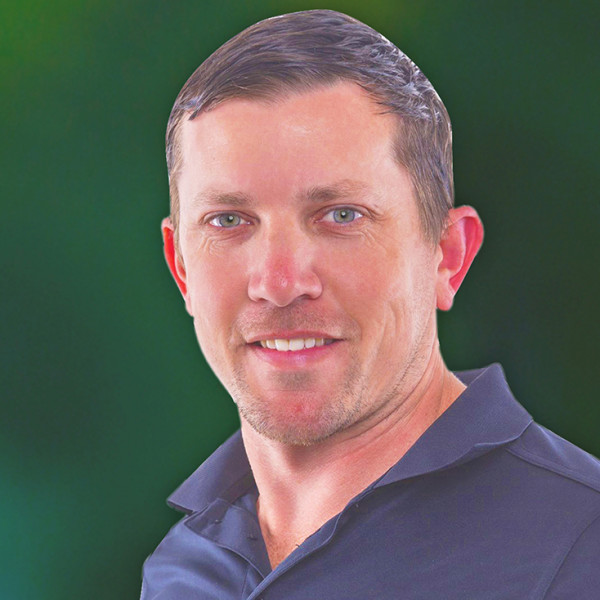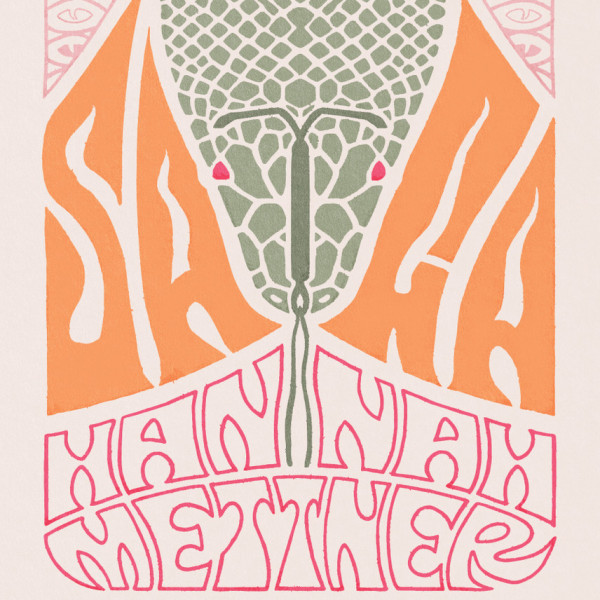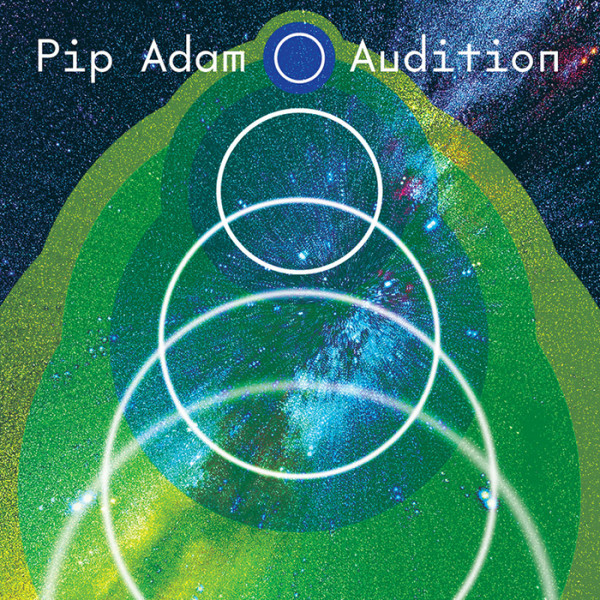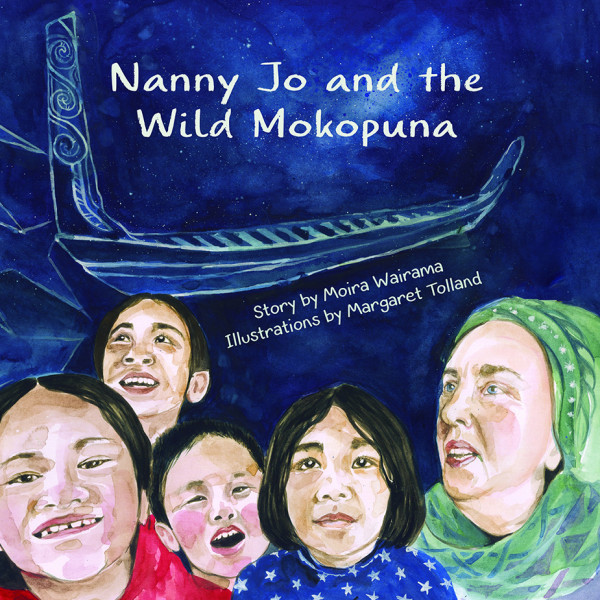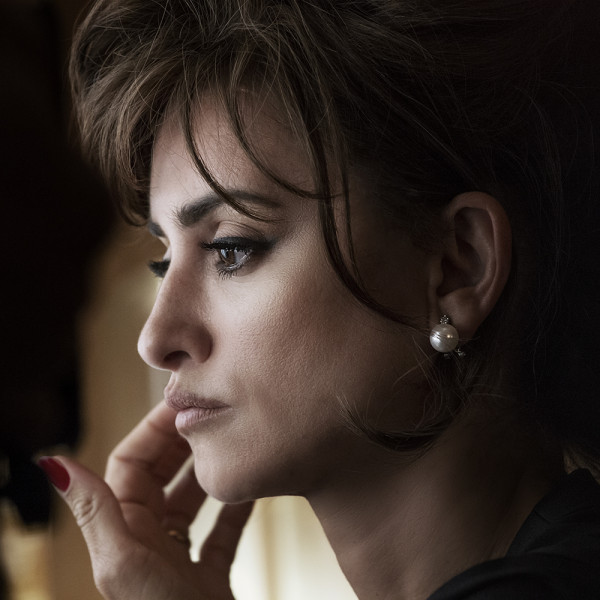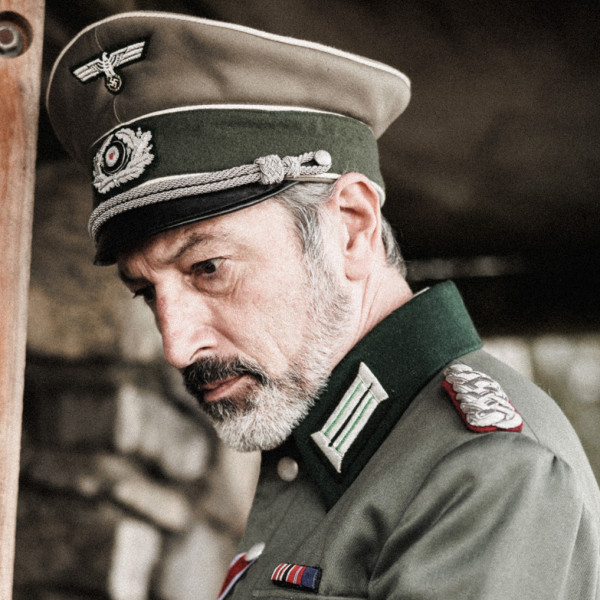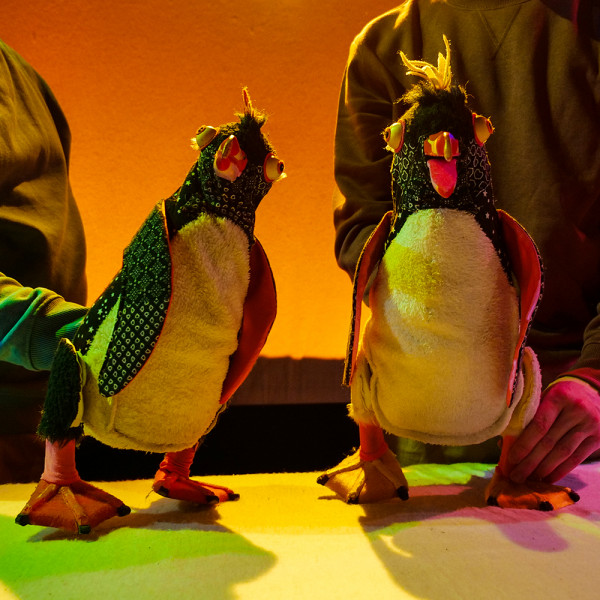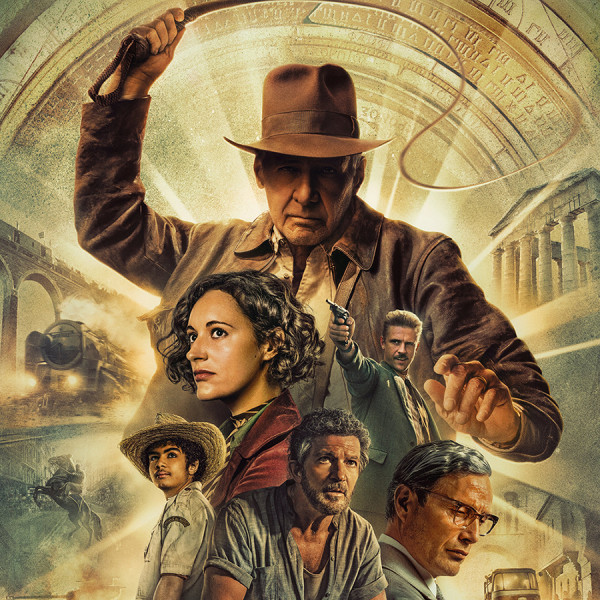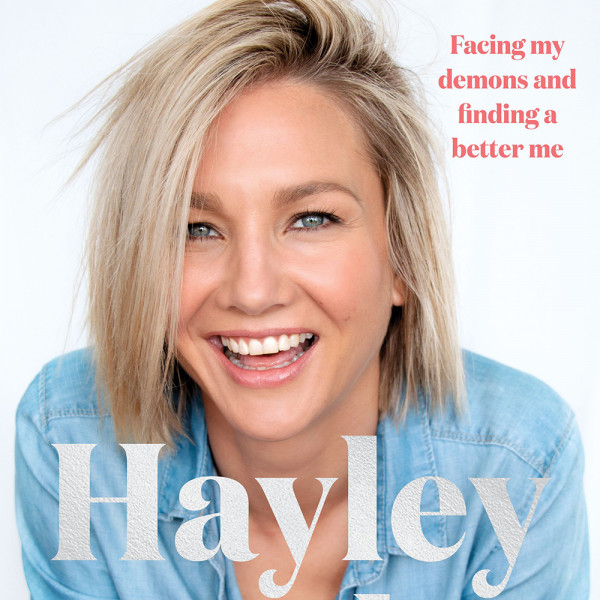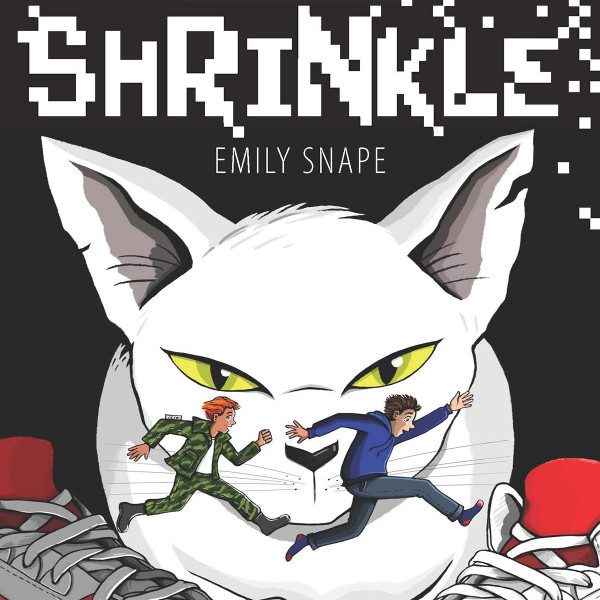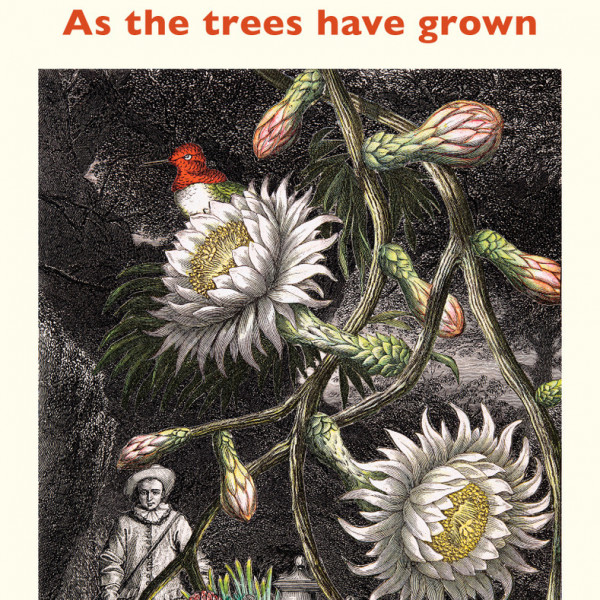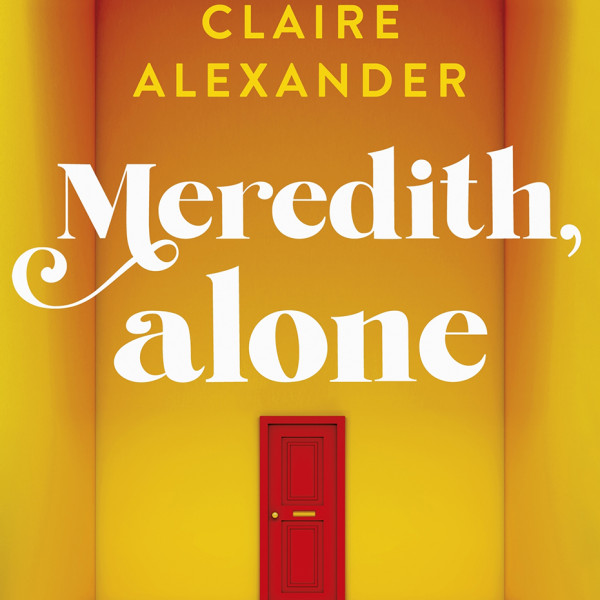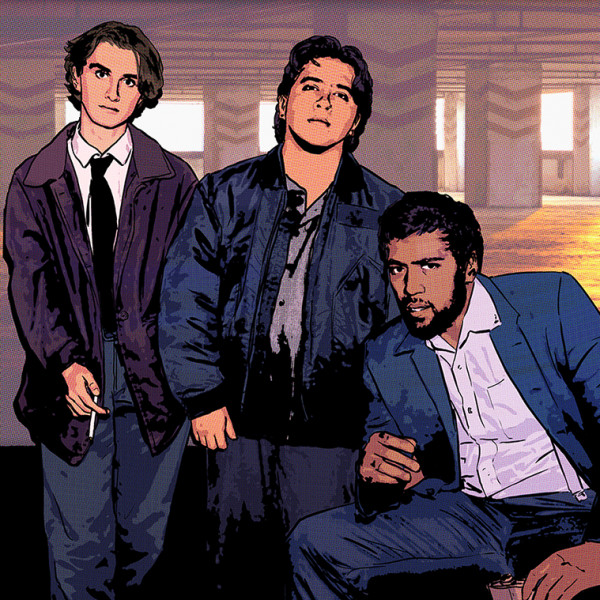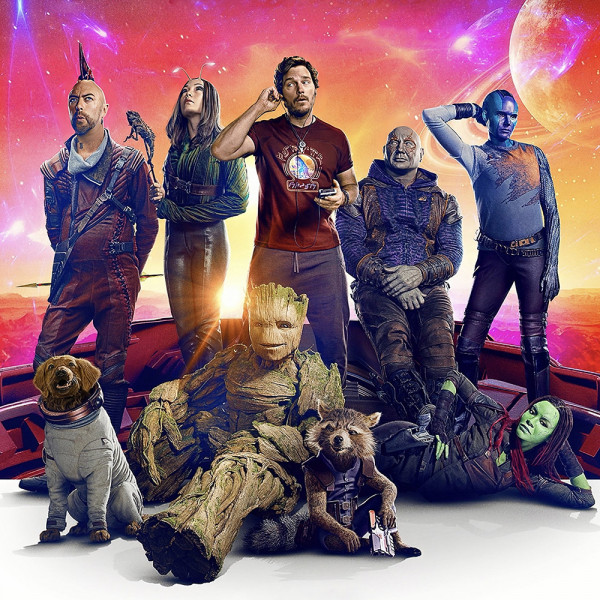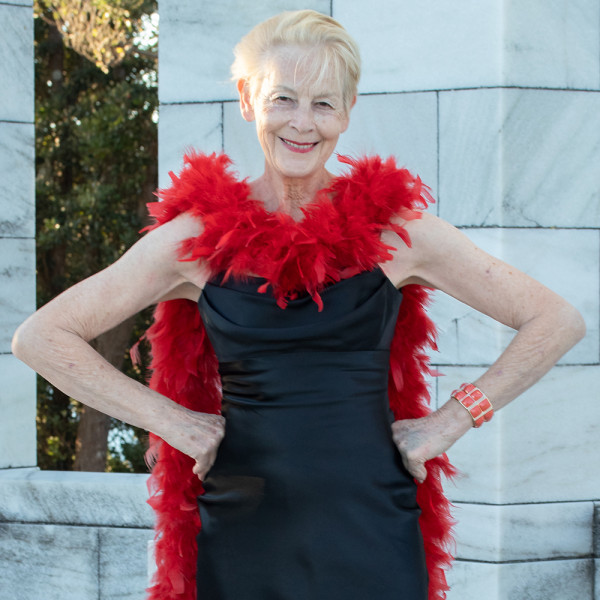
Colours
Presented by: Orchestra Wellington
Conducted by: Marc Taddei
Michael Fowler Centre, 22nd Jul 2023
Reviewed by: Dawn Brook
Compelling programming, three superb soloists, a committed orchestra, and a dedicated conductor made this an outstanding concert.
A quasi-piano concerto in Richard Strauss’ Burleske, a quasi-symphony in Mahler’s Das Lied von der Erde, and a work so outrageous in 1912 that people hissed its debut, Schoenberg’s Five Pieces for Orchestra, made up the programme. Jian Liu was the soloist in Burleske, while Oliver Sewell and Hadleigh Adams were the tenor and baritone soloists respectively in Mahler’s song cycle.
Burleske was written by Strauss at the age of 20. It is an exuberant, one-movement work, hugely challenging for the soloist. Throughout there was a bit of a dialogue between the piano and, of all things, the timpani. Several times, the work seemed to reach an extravagant finale, only to have the timpani intervene and set the piano off again. The timpani had the last word, as it had the first. Liu’s restrained and modest presentation belied the magic of his hands and fingers. Liu presented a solo encore which was as delicate and introspective as Burleske was sparkling and virtuosic.
Schoenberg’s short pieces sparkled in a different way. It feels nervous, unsettled, and unexpected, with instrumentation choices creating varied textures and timbre, complex soundscapes, and different moods. Tuneful it is not, and the effects are most often fleeting and splintered. Orchestra Wellington got into it with gusto, and it was certainly no hissing matter.
Das Lied von der Erde is a supremely emotional work, addressing Mahler’s concerns with nature and mortality. This work also demands much of its soloists. Sewell was sometimes drowned by the fullness of the orchestra, but the quality of his voice and interpretation was never in doubt. Adams brought great emotionality to his performance, and in the final movement, Der Abschied (The Farewell), his performance was intense and very moving.





